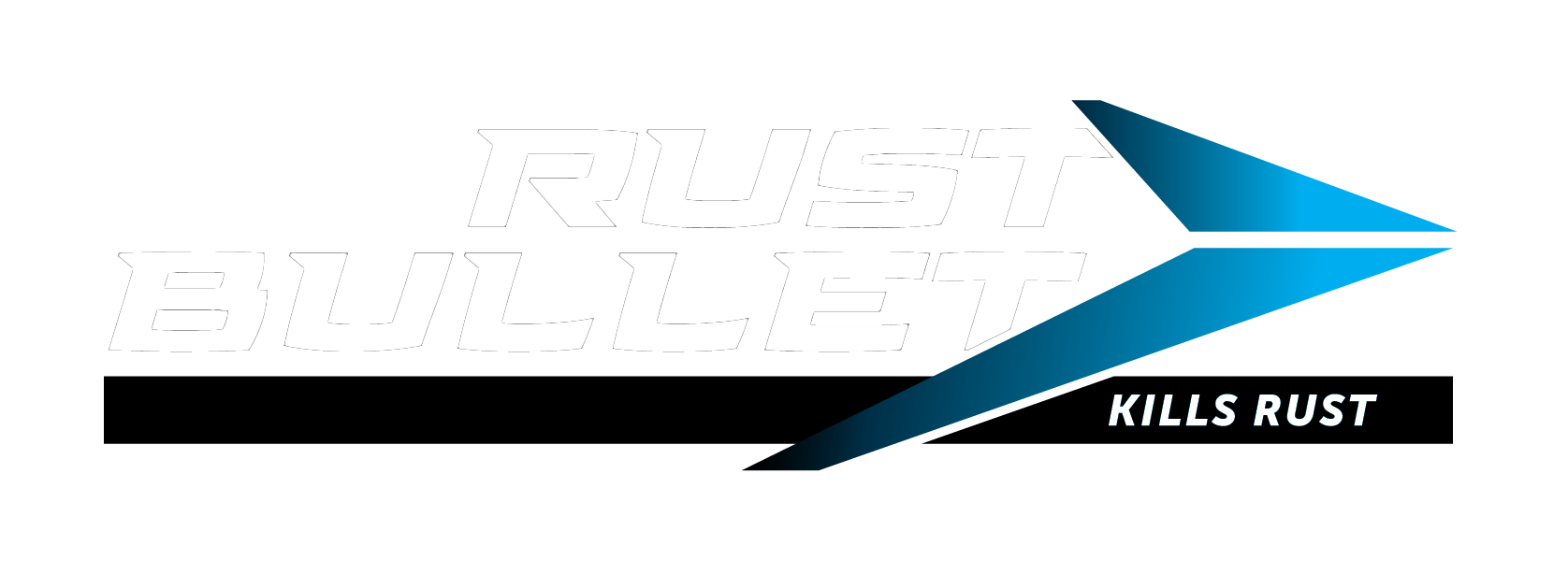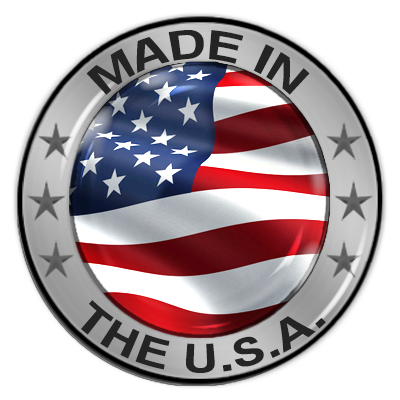After putting a hefty amount of money, time, and effort into setting up your factory, warehouse, farm, or office building, you want to protect your assets at all costs. Beware: Corrosion can and will undo all of your efforts and investments. The solution to this problem is to use a high-quality rust paint product like Rust Bullet to stop rust.
Want to learn how to apply a rust paint for optimal results and to stop rust? Here are all the basics you need to know.
Surface preparation
Ensure that the surfaces are dry before using rust inhibitor paints. Remove loose paint or rust using wire brushes, light sandpaper, or scrapers.
Product preparation
Thoroughly stir the rust inhibitor paint to ensure a uniform consistency. Avoid using the product outside the manufacturer’s recommended temperature range. If necessary, thin the product with the appropriate thinner before application.
Applying the product
High-quality paint products such as Rust Bullet can be applied with rollers, brushes, or spray equipment to stop rust. Apply in thin even coats. If multiple coats are required, allow each coat to dry completely before applying the next. It is essential to follow the manufacturer’s recommended temperature range and avoid applying the product if it is raining, snowing, or when there is fog or dew.
Storing the rust paint products that stop rust.
To keep partially used containers from hardening, use a product such as Bloxygen. Keep track of the product’s shelf life when storing your supply so you can plan its subsequent usage.
Safe application
Protective gear such as face masks or gloves may be necessary depending on the formula. Ensure the room or area is well-ventilated.
The correct application techniques are crucial to a successful rust prevention plan. But moreover, to stop rust, you also need to choose the right rust paint to begin with.
Rust Bullet offers a line of high-quality rust inhibitors for commercial, industrial, and residential use. These products have a proven track record for effectively preventing rust on a variety of surfaces, including factory and farm equipment, trucks, cars, roads, and bridges. They provide everything needed to keep rust at bay.





Comments are closed